The Mystery of the Missing Remaster: Why No New Ratchet & Clank Collection in 13 Years?
Popular Now
 Roblox
Roblox
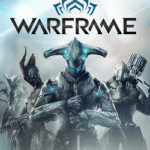 Warframe
Warframe
 EA SPORT FC 25
EA SPORT FC 25
 Poppy Playtime
Poppy Playtime
 Grand Theft Auto V
Grand Theft Auto V
 League of Legends
League of Legends
 Black Myth: Wukong
Black Myth: Wukong
 Sonic the Hedgehog™ Classic
Sonic the Hedgehog™ Classic
 Gacha Club
Gacha Club
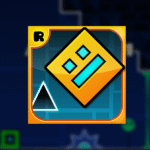 Geometry Dash
Geometry Dash  For dedicated fans of the Lombax and his robotic sidekick, Ratchet & Clank, the question has become a recurring lament: why, in an era dominated by remakes and collections, have we gone over a decade—13 years, to be exact—since the last major compilation? The Ratchet & Clank Collection (also known as The Ratchet & Clank Trilogy), which bundled the first three PlayStation 2 masterpieces, debuted on the PlayStation 3 in 2012. Since then, two console generations have passed—the PlayStation 4 and the current-gen PlayStation 5—yet a comprehensive, easily accessible collection of the franchise’s rich back catalog remains conspicuously absent. This deep-dive investigation explores the most likely reasons behind this strategic omission by Sony Interactive Entertainment (SIE) and developer Insomniac Games, touching upon high CPC keywords like PS5 Remasters, PlayStation Plus Premium, and Intellectual Property (IP) Strategy.
For dedicated fans of the Lombax and his robotic sidekick, Ratchet & Clank, the question has become a recurring lament: why, in an era dominated by remakes and collections, have we gone over a decade—13 years, to be exact—since the last major compilation? The Ratchet & Clank Collection (also known as The Ratchet & Clank Trilogy), which bundled the first three PlayStation 2 masterpieces, debuted on the PlayStation 3 in 2012. Since then, two console generations have passed—the PlayStation 4 and the current-gen PlayStation 5—yet a comprehensive, easily accessible collection of the franchise’s rich back catalog remains conspicuously absent. This deep-dive investigation explores the most likely reasons behind this strategic omission by Sony Interactive Entertainment (SIE) and developer Insomniac Games, touching upon high CPC keywords like PS5 Remasters, PlayStation Plus Premium, and Intellectual Property (IP) Strategy.
 The Current Accessibility Dilemma: Streaming Over Ownership
The Current Accessibility Dilemma: Streaming Over Ownership
The core issue facing players who wish to experience the older Ratchet & Clank titles on modern hardware is the current distribution model employed by Sony. The original PS2 trilogy, the “Future Saga” games from the PS3 era (Tools of Destruction, Quest for Booty, A Crack in Time), and other spin-offs are largely unavailable for outright digital or physical purchase on PS4 or PS5. This intentional gatekeeping leads to the first major explanation.
- PlayStation Plus Premium’s Lure: The majority of the classic games are exclusively offered through the most expensive tier of Sony’s subscription service, PlayStation Plus Premium. For Sony, these beloved retro titles serve as a key differentiator, a high-value incentive to encourage subscribers to commit to the costly annual or monthly fee (a lucrative recurring revenue stream). A widespread, one-time purchase “Collection” could undermine the perceived value of this subscription tier. This is a clear monetization strategy over satisfying nostalgia-driven demand.
- PS3 Architecture Challenges: The initial PS3 collection utilized the console’s unique and notoriously complex architecture. Porting those titles, or the later PS3-exclusive “Future Saga” games, directly to PS4 or PS5—which do not have native PS3 backwards compatibility—requires significant development effort, time, and thus, capital investment. Emulation is possible, as demonstrated by the PS Plus streaming option, but creating a stable, high-fidelity native port or full remaster for a digital download requires substantial resources that Insomniac, currently juggling major AAA development like Marvel’s Spider-Man and new Ratchet & Clank titles, may be strategically avoiding.
 Insomniac’s Focus: Future-Proofing the Franchise
Insomniac’s Focus: Future-Proofing the Franchise
Insomniac Games has proven to be one of Sony’s most consistently high-performing first-party studios, delivering critically acclaimed and commercially successful titles like Ratchet & Clank (2016) and the PS5 showcase Ratchet & Clank: Rift Apart. This success points to a strategic direction that prioritizes new IP and generational leaps over backward compatibility projects.
- The Power of the PS5 SSD: Games like Rift Apart were designed explicitly to leverage the PS5’s ultra-fast custom SSD, which allows for near-instantaneous, dimension-hopping gameplay that would be impossible on older hardware. This focus on maximizing the latest console’s technology is a powerful console-selling incentive. Directing valuable development talent toward older PS2 classics or PS3 ports—even for a premium 4K remaster—could be seen as a diversion of resources from the studio’s primary mission: creating the next generation’s “killer app” titles.
- Strategic IP Refresh: The 2016 game was a “re-imagining” of the original title, essentially serving as a modern introduction for a new audience. Sony and Insomniac may see the 2016 and Rift Apart releases as the definitive, current-gen entry points for the franchise, preferring to move forward and capitalize on the current technology trends rather than constantly revisiting the legacy titles. The high sales of Ratchet & Clank (2016) (one of the highest-selling in the series) and Rift Apart validated this approach.
Market & Business Considerations: A Game of Returns
From a purely business perspective, the decision not to greenlight a full Ratchet & Clank Legacy Collection is often a calculated risk versus reward assessment.
p>While the demand for a definitive collection is high within the core fanbase, Sony’s internal analysis may suggest the following:
- Development Cost vs. Net Profit: The cost to properly port, debug, and enhance multiple complex PS3 games to a modern engine, ensuring a stable 60 FPS experience and adding Trophy support (an expected feature for PlayStation remasters), could be substantial. The projected revenue from a collection might not meet the high Return on Investment (ROI) targets set for a first-party title, especially when compared to the guaranteed blockbuster revenue of a new Spider-Man or Wolverine game.
- Fragmentation of Collections: A true, complete collection would require remastering all 14 mainline Ratchet & Clank games. Breaking them into smaller, more manageable compilations—such as the “PS2 Era” and “Future Saga”—is a possibility, but even these are complex undertakings. The current PS Plus Premium model simplifies the consumer’s decision: pay the subscription and access everything via streaming, a model that requires less up-front CAPEX (Capital Expenditure) than a full-scale remaster.
The 13-year drought is, therefore, a confluence of technical hurdles, a shift toward subscription-based content delivery, and a focused strategy by Insomniac Games to create genre-defining, next-gen exclusives. While the hope for a physical or digital collection remains an evergreen discussion on forums and social media (high-traffic, user-generated content), the economic reality and Insomniac’s forward-looking roadmap suggest that fans may have to continue relying on the PlayStation Plus Premium subscription to revisit these iconic adventures for the foreseeable future.
Conclusion: The Waiting Game for a Premium Remaster
The lack of a new Ratchet & Clank Collection on modern consoles is a textbook example of modern console gaming economics, where strategic subscription service value and a hyper-focus on flagship PS5 exclusives have eclipsed the seemingly simple task of repackaging classic content. For those looking to experience the full saga in its best-ever state, the dream of a definitive 4K/60FPS Ratchet & Clank Collection remains a powerful, profitable possibility, should Sony’s strategic priorities shift in the coming years.


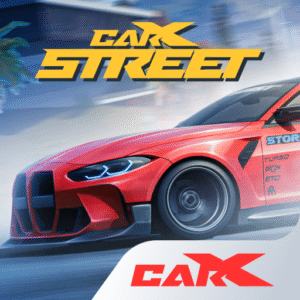

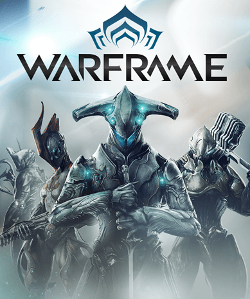
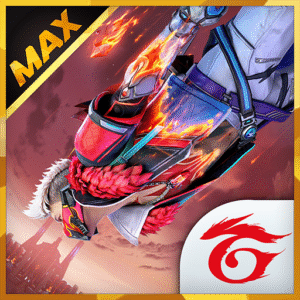

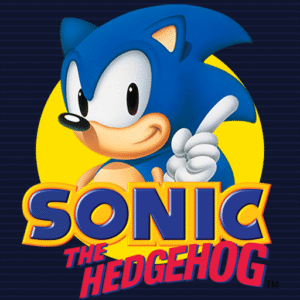

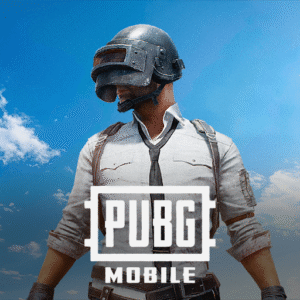
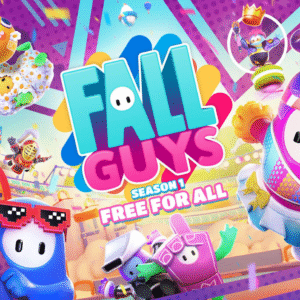
 The Current Accessibility Dilemma: Streaming Over Ownership
The Current Accessibility Dilemma: Streaming Over Ownership Insomniac’s Focus: Future-Proofing the Franchise
Insomniac’s Focus: Future-Proofing the Franchise